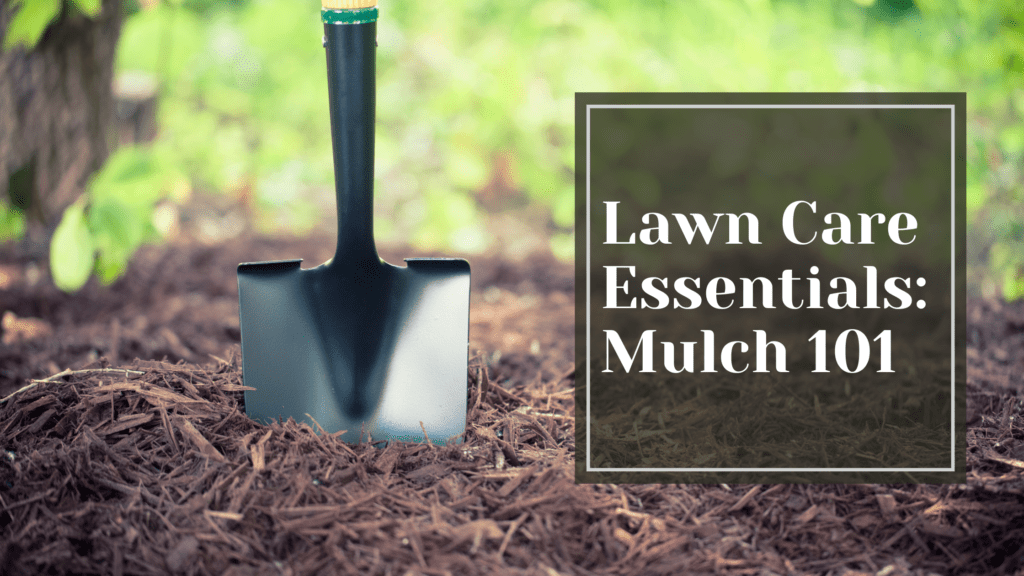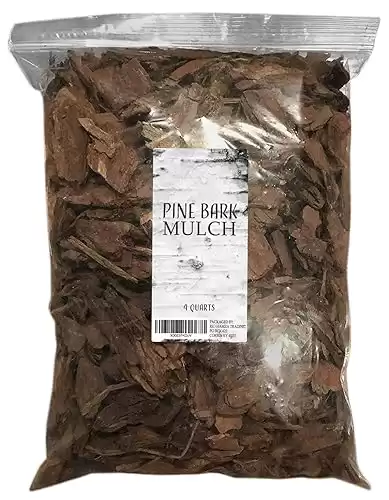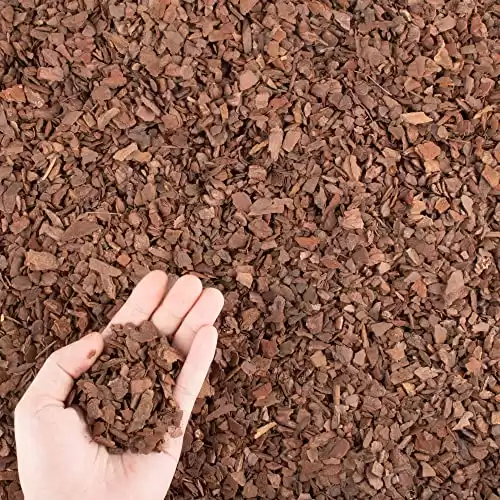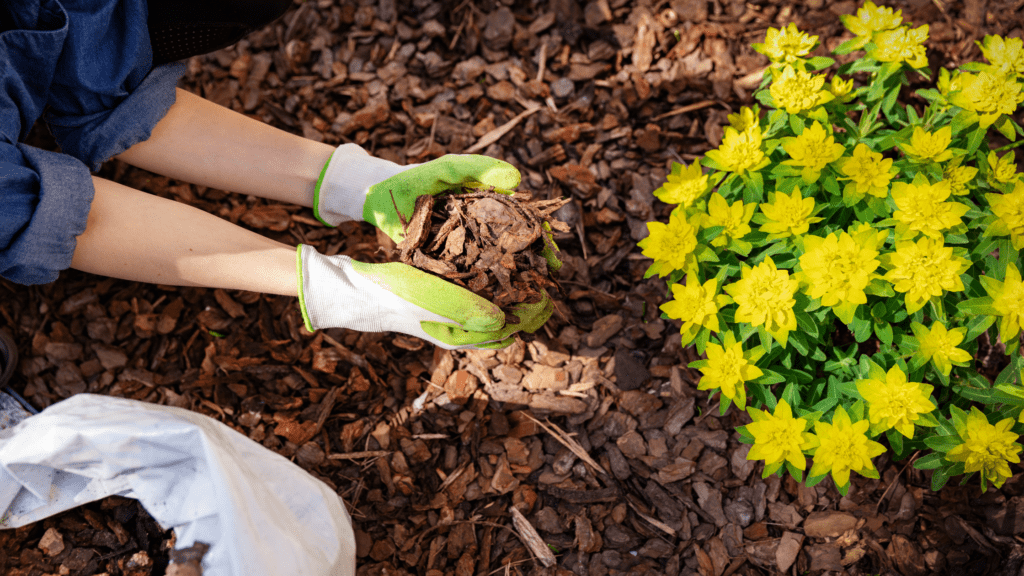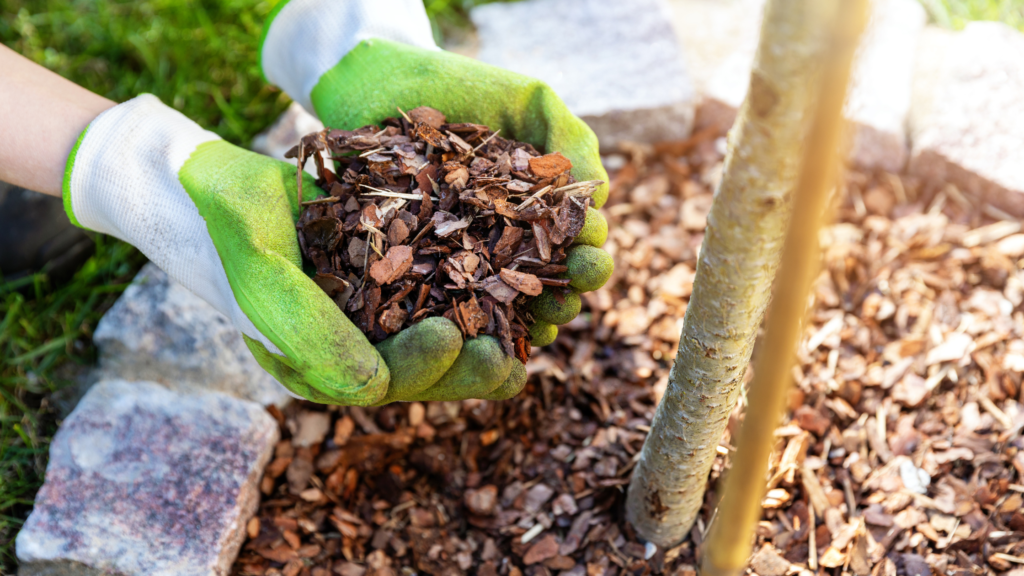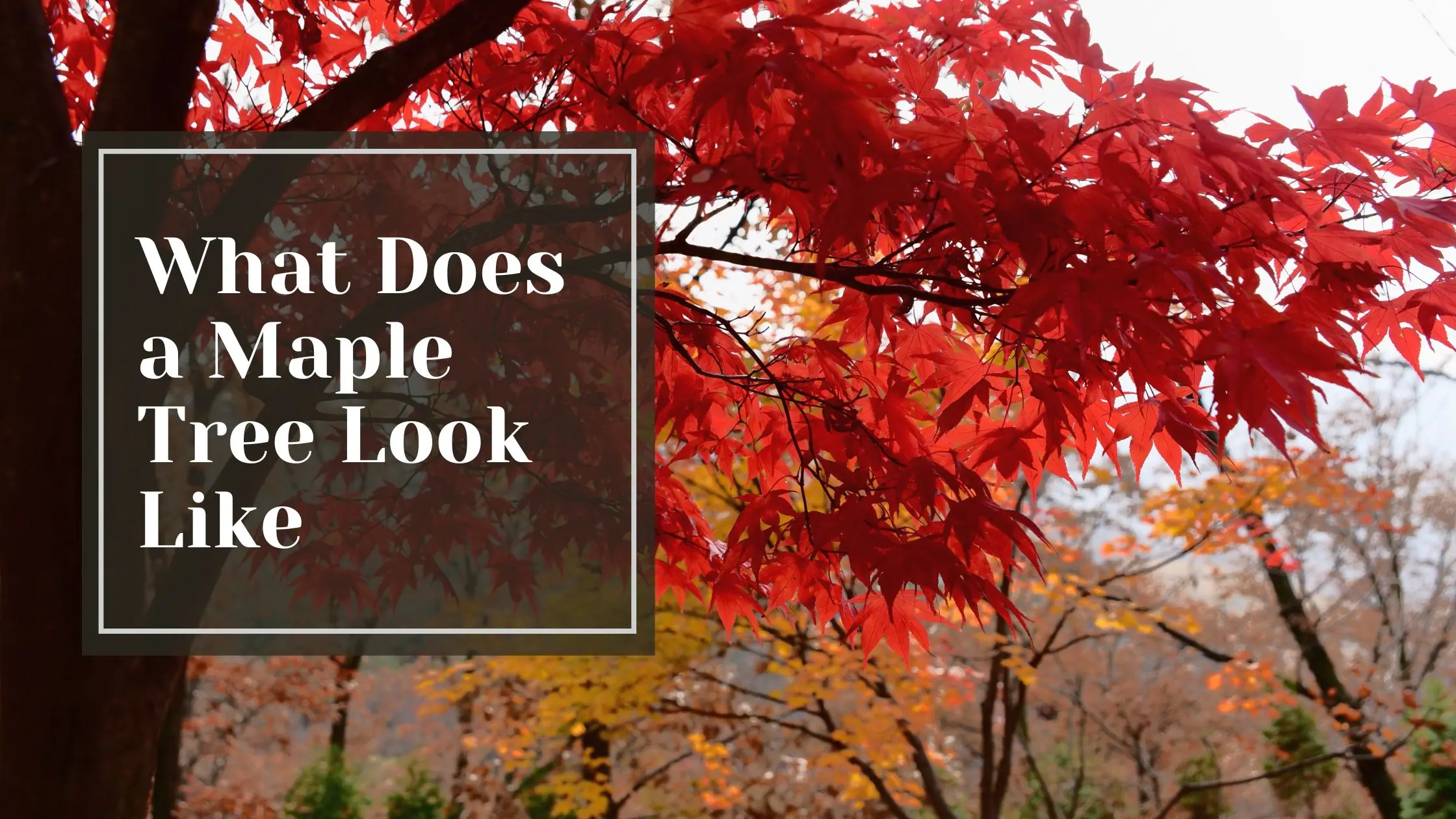Mulching is a fundamental lawn care essential practice that involves spreading a layer of material over the soil surface around plants, trees, and shrubs. Mulch has numerous benefits, including conserving soil moisture, regulating soil temperature, suppressing weed growth, improving soil health, and enhancing the landscape’s aesthetic appeal. However, not all mulches are created equal, and not all mulching practices are equally effective. We’ll explore some helpful tips and strategies for lawn care essential of mulch to help make your yard a landscape success.
Table of Contents
ToggleMulch 101: Choosing the Right Type of Mulch
The first step to maximizing mulch effectiveness is to choose the right type. Mulches can be broadly categorized as organic or inorganic. Both types of mulches have their pros and cons. Choosing the right one for you depends on purpose, plant types, climate, and aesthetic preferences.
Organic mulches are derived from natural materials like bark, wood chips, leaves, grass clippings, straw, and compost. Organic mulches are generally preferred for their ability to improve soil health by adding organic matter, nutrients, and microorganisms. They also provide a natural appearance and decompose over time, enriching the soil.
Inorganic mulches are made of non-biodegradable materials such as gravel, stones, plastic, and rubber. Inorganic mulches, on the other hand, are long-lasting, low maintenance, and can prevent soil erosion in high wind or water areas.
Determine the Right Depth
The second step to maximizing your mulch is choosing the right depth. The depth of mulch depends on the type of plants, the type of mulch, and the climate. As a rule of thumb, organic mulches should be applied at a minimum 2″ to 4″ inches, while inorganic mulches can be applied to a depth of 1″ to 2″ inches.
The depth of mulch is essential. Too little mulch does not provide adequate benefit; too much mulch can smother plants, cause root rot, aid insect infestations, and prevent water and nutrients from reaching the plant roots. It does take a rather substantial amount of mulch to cause this, generally much more than the average homeowner would need to be wary of. Even though inorganic mulch does not degrade, it tends to erode naturally from weather and human and animal interaction. It’s good practice when installing to edge on the side of more, not less – for both types. It will improve longevity, keeping it looking healthier for longer.
Mulch Regularly
The third step to maximizing mulch is to apply it regularly. Mulch breaks down and erodes over time, diminishing its benefit. It’s crucial to replenish periodically to maintain the desired depth and benefits. The frequency of mulching depends on the type of mulch and the climate.
Organic mulches such as wood chips, straws, and leaves decompose significantly faster than inorganic mulches such as gravel and stones. Therefore organic mulches need to be replenished every year or two (or sooner), while inorganic mulches can last several years or longer.
The climate is a significant factor that determines how frequently you should mulch. More severe climates increase erosion and decomposition, increasing the need to mulch more often and can affect your lawn care essentials practice. Heavy rain and high winds can wash away both organic and inorganic mulches, majorly reducing their effectiveness. Inorganic mulches typically decompose so slowly that you can consider them not decomposing at all – but they do erode.
Apply Mulch Properly
The fourth step is to apply it correctly. Mulch should be applied evenly and at the appropriate distance from the plant stems. Mulch should not be piled against the plant stems, as this can trap moisture and cause rot. In addition, mulch should not be piled too high, as this can prevent water and air from reaching the plant roots.
Mulch should be applied in a circular shape around the plant, with a diameter of at least 12 inches for small plants and up to 24 inches for larger plants. Mulch should also be kept at least 2 to 3 inches away from the plant stems.
Find the Right Time for you Landscape Maintenance
The fifth and final step to maximizing the effectiveness of mulch is to find the right time to apply it. Mulch can generally be applied at any time of the year – barring certain weather factors – but the best time depends on the purpose of mulching and the type of plants.
Spring and fall are typically the best times to mulch, as the weather is mild and the soil is moist. Mulching in early to mid-spring, or once it has been consistently dry, makes application much easier and will help retain moisture through the drier summer.
Mulching in the summer can be beneficial for retaining soil moisture and regulating soil temperature. Ensure the ground has decent moisture beforehand so the mulch can help retain it. Also, preferably mulch when the weather is not too hot for your health and sanity – but also because it is best to have mulch before the peak summer heat.
Mulching in the winter can help protect plants from frost and snow. Ensuring there is an adequately thick layer of mulch is a good defense to prevent freezing over. Try to mulch before there is too much water in or on the ground to avoid trapping that moisture and possibly forming rot or mildew.
Consider the Environmental Impact
Let’s not forget while mulching has numerous benefits, it can also have some negative environmental effects if not done properly. It’s wise to avoid using mulches containing chemicals or toxins that can leach into the soil. These can harm plants, animals, or even people – for example consuming from a garden with toxic leaching. Some mulches may be treated with pesticides, herbicides, or other chemicals that can have adverse effects on the environment. It is important for both your health and wellness, as well as the health of your landscape, to choose mulches that are free of harmful chemicals and to use them responsibly.
Ready to Mulch?
In conclusion, mulching is a valuable lawn care essential that can improve soil health, conserve water, and enhance the aesthetic appeal of the landscape. To maximize mulch effectiveness, it’s important to choose the right type, apply at the right depth and frequency, and apply it properly. Also, consider the environmental impact of the mulch you’re planning to use before you apply to keep you and your landscape safe. By following these tips and strategies, you can create a healthy and sustainable landscape that is both beautiful and functional all year long.
Frequently Asked Questions
What Is Mulch 101 and Why Is It Important for Lawn Care?
Mulch 101 is a guide to essential mulching practices for lawn care. It explains how mulching conserves soil moisture, regulates temperature, suppresses weeds, and improves soil health, enhancing the landscape’s aesthetics and sustainability.
How Do I Choose the Right Type of Mulch for My Lawn?
Choosing the right mulch depends on factors like lawn needs, plant types, climate, and aesthetics. Mulches can be organic (like bark, wood chips) or inorganic (like gravel). Assess your requirements before selecting.
What Is the Ideal Depth for Mulch Application?
Apply organic mulches 2 to 4 inches deep, and inorganic mulches 1 to 2 inches deep, considering plant roots and moisture balance.
How Often Should Mulch Be Replenished?
Replenish organic mulches yearly or bi-yearly, and inorganic mulches every few years, based on decomposition rates and climate factors.
When Is the Best Time to Apply Mulch for Optimal Results?
Spring and fall are best for mulching, aiding moisture retention and temperature regulation. Consider seasonal conditions for year-round application.

